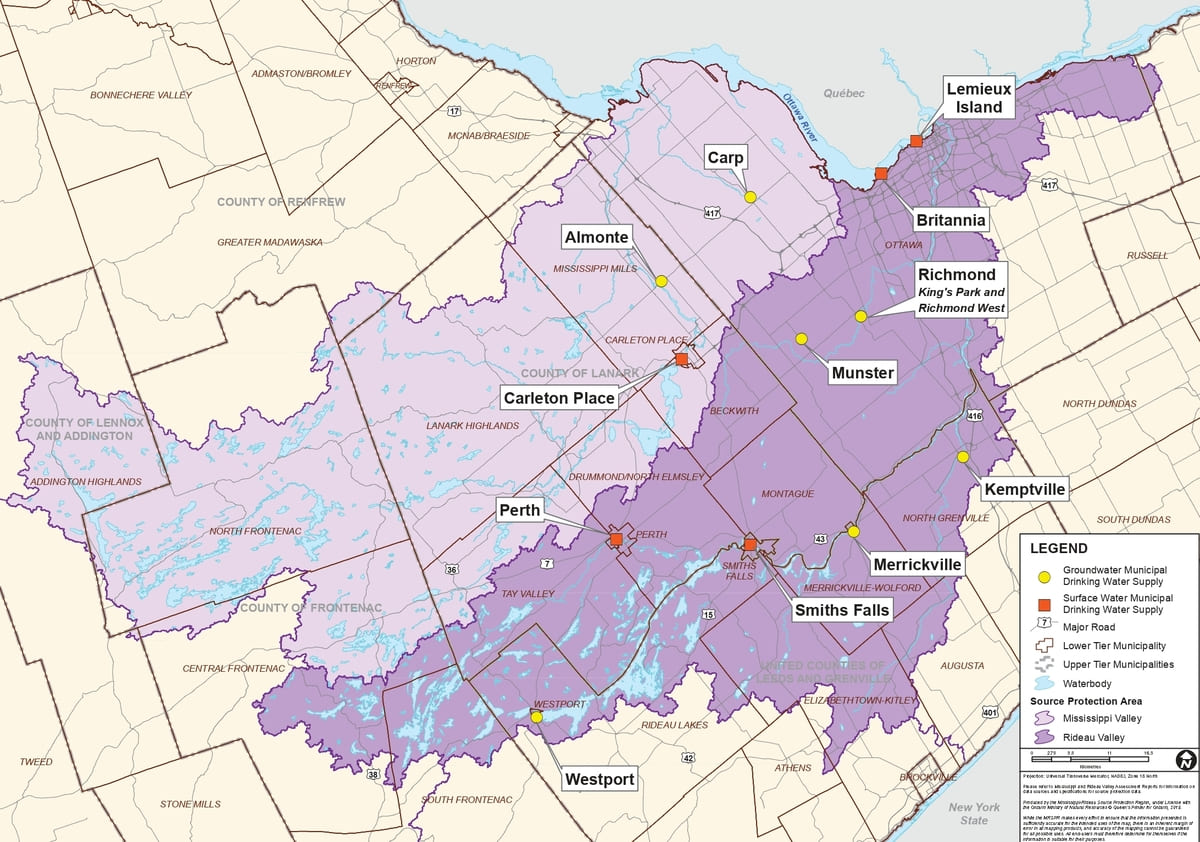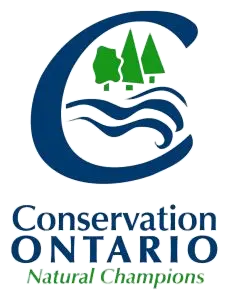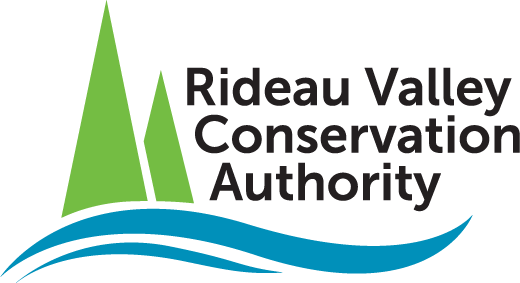What Is Source Water Protection?
Source water is the water that is used for drinking that is taken from wells, lakes or rivers. Source Water Protection protects drinking water sources from contamination and overuse. It is the first step in a multi-barrier approach to protecting drinking water from source to tap in Ontario.
The Ontario Clean Water Act, 2006 requires locally developed and watershed-based source protection plans that outline possible threats and policies to protect municipal drinking water sources.
Living And Working In The Drinking Water Protection Zone
Drinking water supplies must be protected from possible contaminants. The areas that are sensitive to possible contamination are the Drinking Water Protection Zones.
Drinking Water Protection Zones are separated into municipal wells (Wellhead Protection Areas) and surface water intakes (Intake Protection Zones). Contaminants spilled within these zones can reach a municipal well or water intake, causing a threat to the drinking water supply.
If you live or work within a zone, you need to help to protect the drinking water source. You have an important role to help keep contaminants out of drinking water sources.
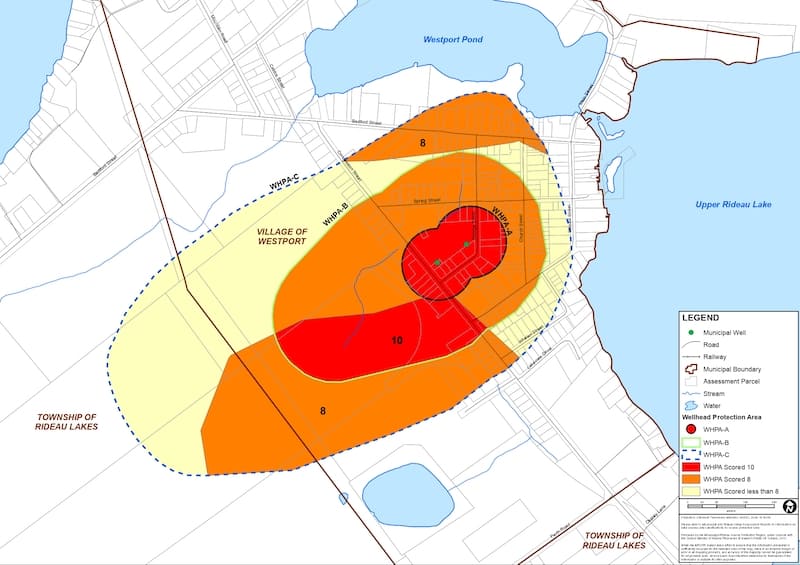
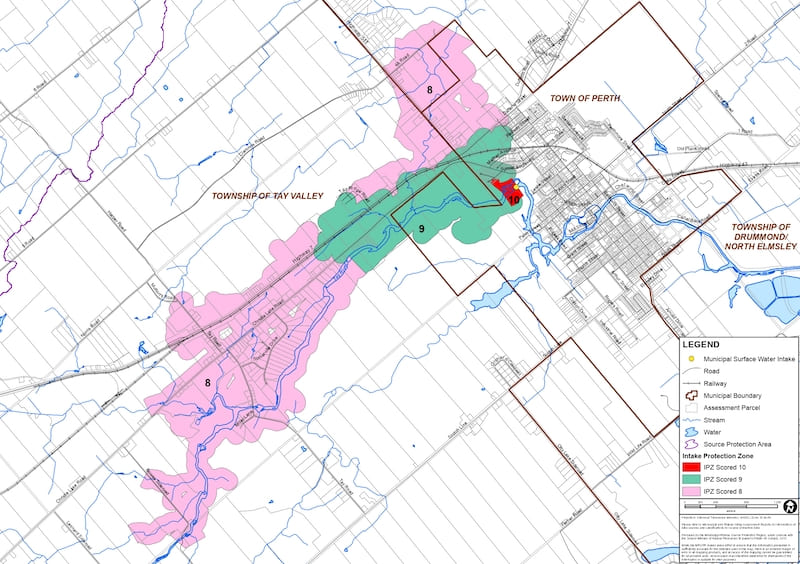
Chemical Threats
Dense Non-Aqueous Phase Liquids (DNAPLS)
What are dense non-aqueous phase liquids?
Dense non-aqueous phase liquids (pronounced dee-napples) are chemical compounds that are more dense than water, meaning that they are heavier than water and will sink. They are also slightly soluble, meaning that they do not break down in water. If DNAPL chemicals are released to the environment, they will sink below the water table, which makes them hard to detect and remove. These chemicals can be found in liquid products that may be stored at your home or business.
For Source Water Protection in Ontario, the following are Chemicals of Concern for DNAPLs:
- 1,4-Dioxane
- Tetrachloroethylene (PCE) or Perchloroethylene (PERC)
- Trichloroethylene (TCE) or another DNAPL that could degrade to Trichloroethylene
- Polycyclic Aromatic Hydrocarbons (PAHs)
- Vinyl chloride or another DNAPL that could degrade to vinyl chloride
What are Organic Solvents?
Organic solvents are carbon based substances that can dissolve or disperse other substances from a solution.
For Source Water Protection in Ontario, the following are Chemicals of Concern for Organic Solvents:
- Carbon Tetrachloride
- Chloroform
- Methylene Chloride (Dichloromethane)
- Pentachlorophenol
Where are DNAPLS and Organic Solvents Found?
These chemicals are most commonly used in commercial and industrial operations. They can be found in: dry cleaning chemicals, paints, paint strippers, degreasing and cleaning agents, lubricants, adhesives and may be used in the production of dyes, plastics, textiles, printing inks and pharmaceuticals.
Why Are They a Threat to the Drinking Water Supply?
Small amounts can be harmful to human health and the environment. Prevention is the best way to protect drinking water sources, so that source water does not become contaminated. If spilled, DNAPLs are extremely difficult and very costly to clean up. They form pools that do not mix with water and defy conventional clean-up methods. These pools can last for decades or centuries, meaning that it is possible that the drinking water source could no longer be used.
How Can You Protect Your Drinking Water Supply?
It is important to store and handle chemicals safely to lower the risk that contamination could occur. The Mississippi-Rideau Source Protection Plan requires that these chemicals be stored and handled in a way that ensures that they do not pose a risk to drinking water sources. If you have these chemicals on site, you may need to develop a risk management plan.
To protect your drinking water supply:
- Replace DNAPLs and organic solvents with other (more eco-friendly!) products when possible
- Develop a spill response plan
- Ensure staff are properly trained on the storage and handling of these chemicals
- Dispose of hazardous wastes properly
- Keep containers sealed and in a secondary spill containment
- Report any spill to the Spills Action Center immediately at 1-800-268-6060
Risk Management Plans
What Is A Risk Management Plan?
A Risk Management Plan is a document that outlines what measures are in place to reduce or eliminate the risk that a certain activity will contaminate municipal drinking water.
- The plan focuses on prevention — it allows activities that are important to residents and business owners to carry on within vulnerable drinking water areas while at the same time ensuring the municipal drinking water source is protected.
- The plan is site-specific – it is customized to suit the nature of the property, activity or business and can address multiple activities if necessary.
- The plan includes and accounts for measures that are already in place – some people will only need to document what they are already doing to protect drinking water.
Risk Management Plans are one of the requirements of the Mississippi-Rideau Source Protection Plan and are made mandatory under Section 58 of the Clean Water Act, 2006 for certain activities
How is a Risk Management Plan Created?
The Risk Management Inspector or Official (similar to a Building Inspector or Official) works with the person engaging in the activity to decide what should be in the Risk Management Plan.
- The process provides opportunity for discussion, flexibility and agreement.
- The person engaging in the activity receives recognition of previous efforts and good stewardship actions.
- The Risk Management Official receives formal assurance that effective measures to protect the drinking water source are and will continue to be in place.

